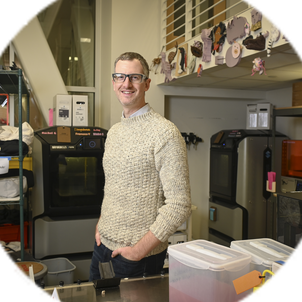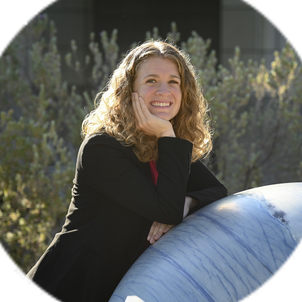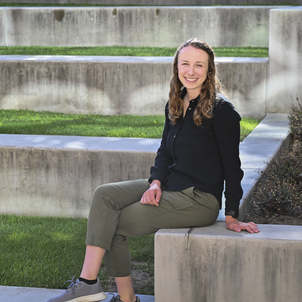One problem we’re studying is how to take devices that produce lots of power and shrink them down so that they have the capability of full-size devices, but are much smaller and more compact. Rather than construct very large accelerators like the one at the Department of Energy’s SLAC facility in Menlo Park, for example, we could potentially build the same thing on a tabletop.
We’re also using these high-powered lasers to try and solve problems that are on the path to building power plants based on fusion. Both of these ideas are very large-scale and difficult challenges, but they’re the type of problems this research might allow us to solve.
Our work has potential in a variety of fields. Some of the X-ray imaging and particle acceleration work we do, for example, has applications in medicine, either for developing new and better medical imaging techniques, or for helping doctors more accurately peer inside the body without cutting it open. Accelerated particles that can be controlled could be used to target and destroy cancerous tumors in very specific parts of the body.
When I was young, I liked to build things like model airplanes and gear boxes. But I didn’t really know what engineering was or that you could study it as a career until I got to college. Once I was there and understood that I could study how mechanical systems worked, I chose that path. I’ve explored a lot of different aspects of mechanical engineering over the past 15 years, ranging from robotics to laser physics. I enjoy working at Stanford because of the high caliber of students here; I get to interact with the best people, and help introduce them to this area of research, which is exciting.
I love this work; it’s just fun to go to the lab and think about how we might be able to use some process we’ve only recently seen, or some new piece of science, to do something that hasn’t been done before that hopefully will help make the world a little bit better.
Related spotlights

Dan Somen

Sonia Martin


